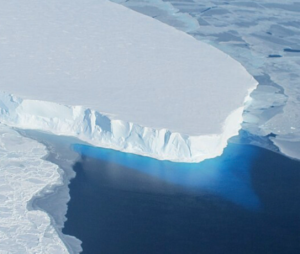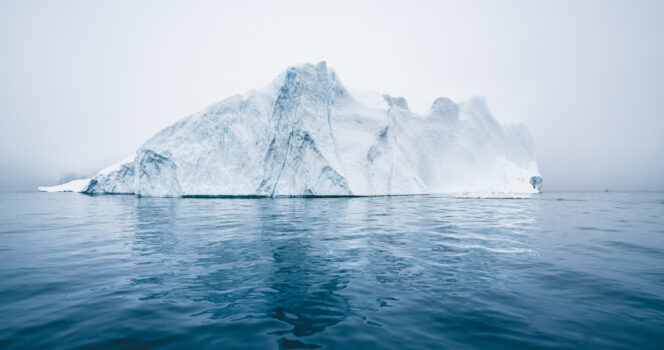Scientists say that the possibilities of Antarctica’s “Doomsday Glacier” falling apart are ever higher. Three of the world’s most famous cities might be underwater if it does.
Climate change has been linked to increasing sea levels, hotter temperatures around the planet, and more extreme weather events for a long time. But new research on the Thwaites Glacier, which is scarily called the “Doomsday Glacier,” is making the prospective implications clearer and more alarming, according to BBC Science Focus.

Thwaites Glacier, which is in West Antarctica, has enough frozen water to raise sea levels throughout the planet by more than two feet. But scientists fear that if it entirely breaks down, it might start a chain reaction that would hurt the much wider Antarctic ice sheet. What happened? The sea level might rise by as much as 10 feet, which could put big cities like London, New York, and Bangkok underwater.
If this happened, these cities, which are home to millions of people and are popular with tourists from all over the world, would be among the first to be affected by devastating flooding.
The International Thwaites Glacier Collaboration (ITGC) has been closely studying Thwaites since 2018 to understand more about how stable the glacier is. Their results are troubling: the glacier has a lot of “hidden lakes” that are concealed under its surface. These lakes might be a bigger threat to the glacier’s disintegration than scientists feared before.
Have you heard about the Thwaites Glacier, aka the Doomsday Glacier?
It’s melting rapidly, and scientists are warning that its collapse could mean global flooding and disaster.
Here’s what’s happening and how supply chains can adapt: pic.twitter.com/LR3iD7kbxn
— Glenn Koepke (@LogTech1999) December 23, 2024
A research done by ITGC member Professor Noel Gourmelen in March 2025 discovered that these subglacial lakes are making the ice melt much faster.
Gourmelen remarked, “We thought that letting water out of the bottom of the ice sheet might help slow down the melting of the ocean.” This lake’s drainage was finally big enough for us to see and evaluate its consequences.
“The lake discharge happened in a key place that made Thwaites less stable. The drainage sped up Thwaites’ retreat from the ocean for a brief time.
The Southern Hemisphere is already getting hotter than projected in 2025, so that “turbo charge” comes at the right time. This is a worrying sign that the glacier might be melting quicker than expected.

Dr. Alastair Graham, a marine geologist at the University of South Florida and a member of the ITGC, told News.com.au, “If Thwaites Glacier disappears, the sea level would rise by around 65 cm (25 inches).
“This year is very different.” It’s impossible to get back on track after this in just one season. “The game has changed.”
The most recent evidence suggests that the tipping point might happen far sooner than scientists had thought, even if the glacier may not completely break down for decades or perhaps thousands of years. If this happens, it could change the coastlines, the economy, and the lives of millions of people around the world for good.
